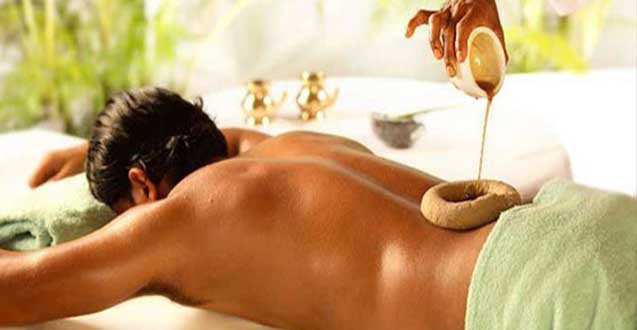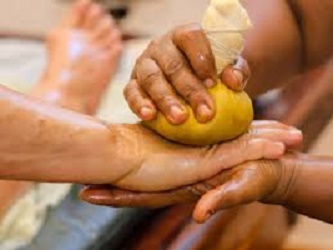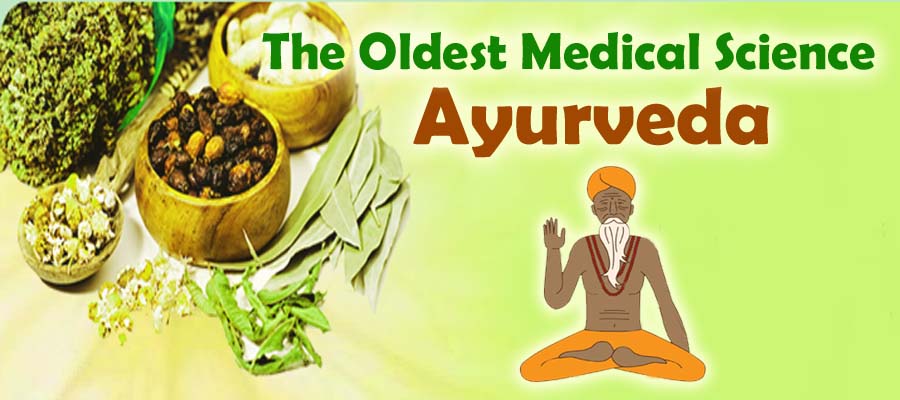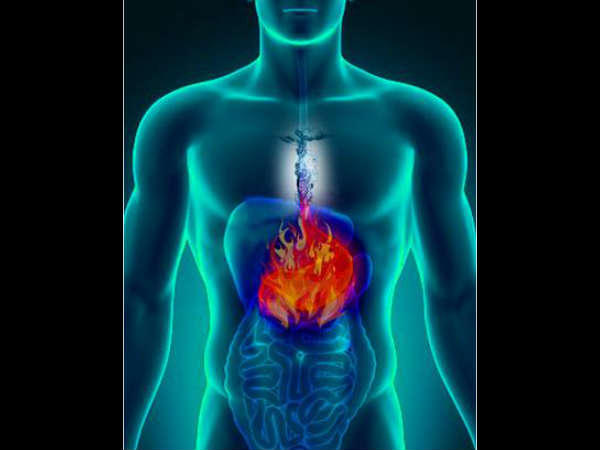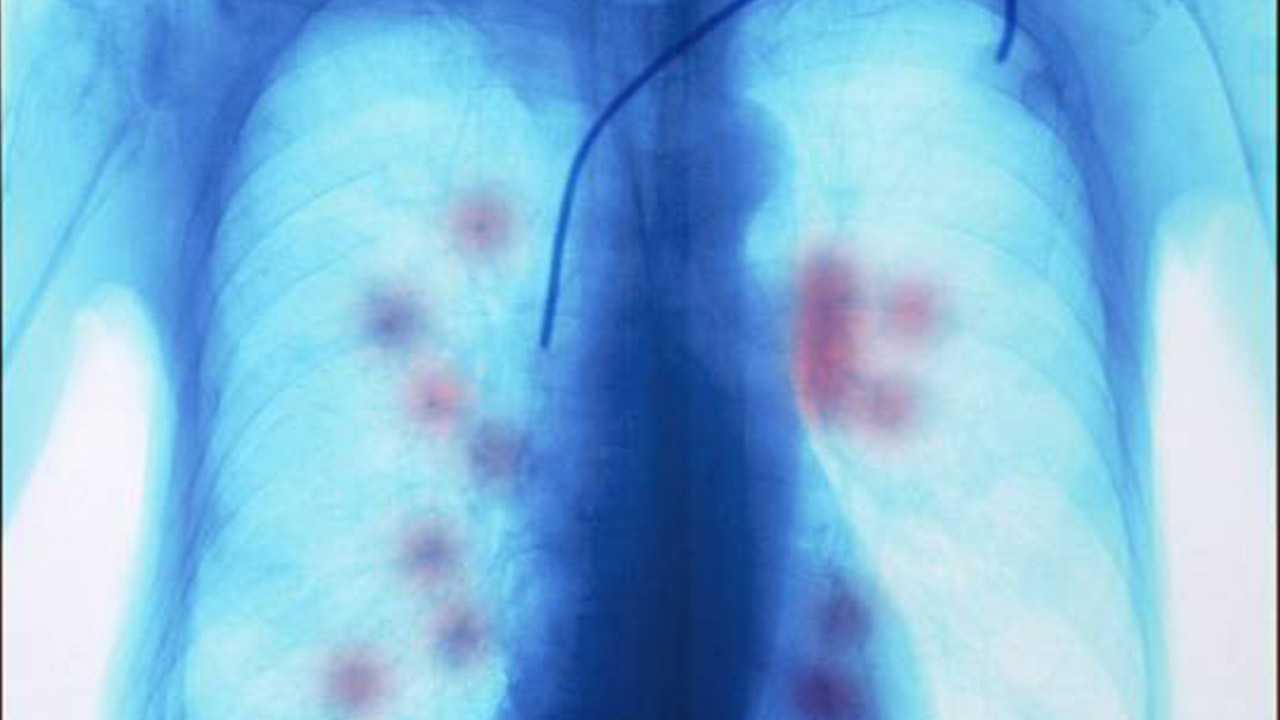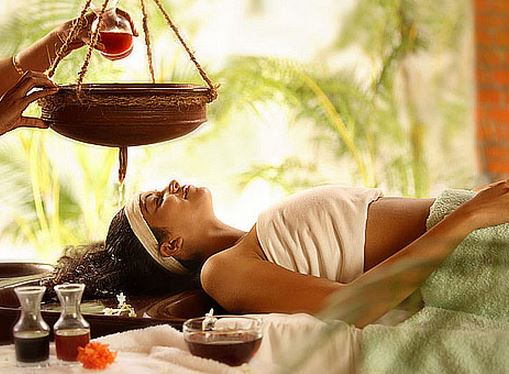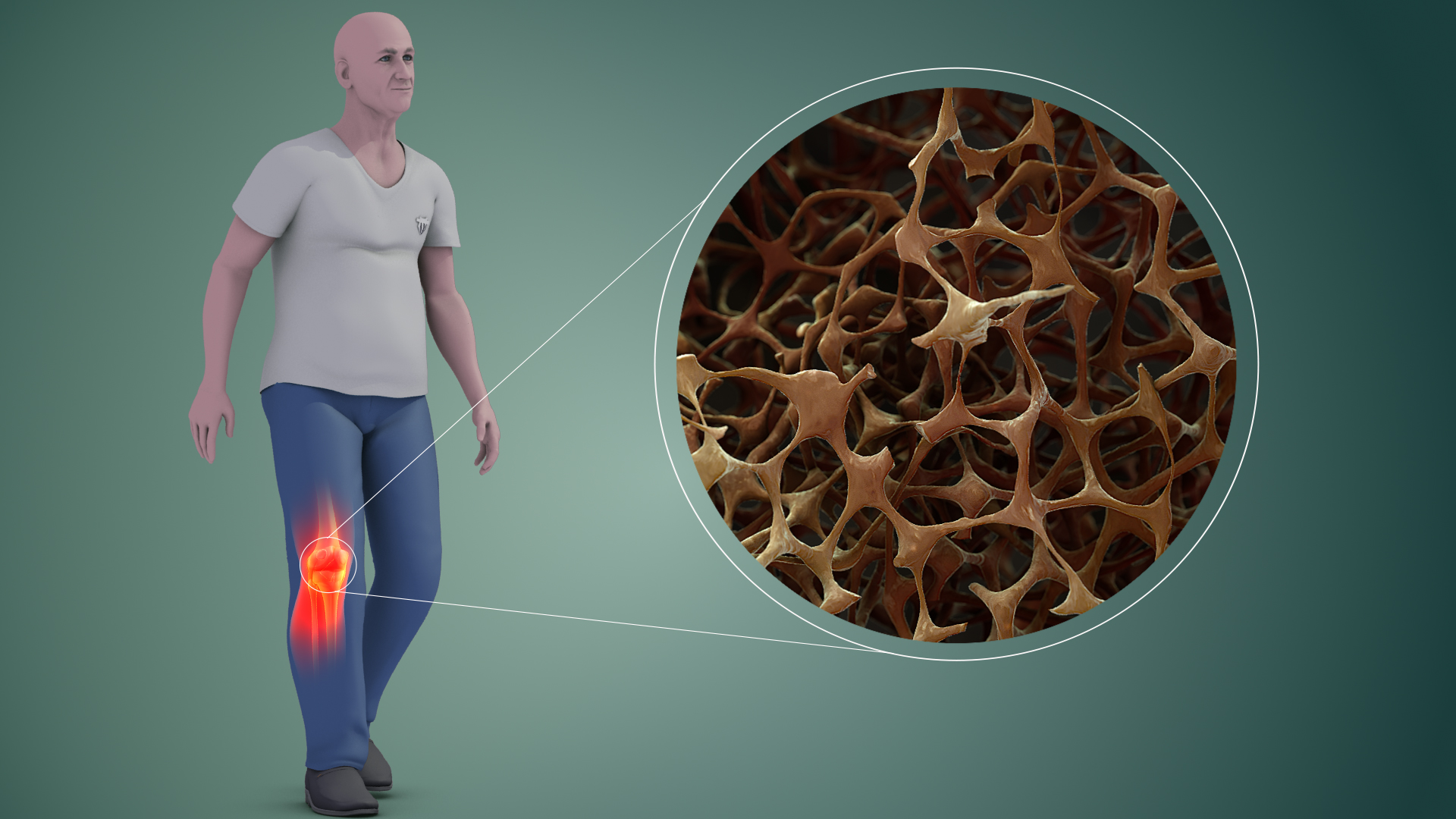Backpain, could either be of the joints or the muscles. It is a prevalent problem, that majority of people suffer from. This pain is seen in people who sit down regularly for more than 6-7 hours at a stretch [E.G. using computers]. Doctors have found that chronic pain is nowadays known more among the younger generation than in the older generation.
Ayurveda is a class of medical treatments that has the answer for many diseases. It has some very effective treatment mechanisms. Let’s have a look at the ayurvedic treatment for back pain relief.
Ayurvedic Acupuncture-
Ayurvedic Acupuncture has recently obtained the attention of professional nurse and doctors and is a very ancient therapy. The pressure points of the human body are known as Marma Areas-in Ayurveda. Ayurvedic Acupuncture is the application of touch therapy and Acupuncture to treat the joint pain without having any side effects. Therefore, it is wise to try Ayurvedic Acupuncture which has no harmful effects.
Self Body Massage-Abhyanga
Ayurvedic massage is called Snehana. Abhyanga, [self-massage] is a potent healing tool. Begin by applying warm, organic sesame oil to the entire body. Use Mahanarayana Oil on any painful or inflamed areas. This oil is made from a blend of sesame oil and a variety of herbs and is highly effective in soothing sore muscles.
After applying Mahanarayana oil, let it soak for at least a half an hour and then take a hot bath or shower. If you take a bath, add 1/3 cup of ginger powder and 1/3 cup of baking soda into the bathing water to further relax and detoxify your muscles.
If you cannot do Self Abhyanga, then visit the Ayurveda clinics where these massages are provided. If you discontinue the treatment process, you will not get the intended relief from pain. Follow the instructions correctly, so you don’t revisit the clinic, complaining about the back problems.
Modify your Diet and Lifestyle to Strengthen your Digestion
When you’re experiencing any health issues, ask yourself– how is my digestion? Gas and bloating can apply pressure to the spine, which in turn can cause backache. To enable your metabolism to strengthen and heal, drink ginger tea or a tea made with equal parts of cumin, coriander seeds and fennel seeds. Eat warm, lightly spiced, cooked foods. Avoid gassy foods like most beans and stop raw and cold food and drinks.
Yoga
One needs to perform some mild asanas[exercise] to keep joints flexible. Your Vaid [Doctor] will recommend some functional knee exercises and asanas to fight back pain. Try following them, as per the frequency prescribed. Do the asanas in the morning and the evening. Keep in mind to do the asanas correctly. If you do it wrong, the muscles and ligaments can get hurt, and you will not gain the benefits of Ayurveda.
Ayurveda medications-
Natural herbs and spices, namely, turmeric, garlic, ashwagandha, fenugreek, ginger, and eucalyptus, are very helpful in pain management. The advice of a Professional Ayurveda Vaid, regarding the medicine type and the dosage needs to be followed with utmost care.
Inference
There are many Ayurvedic herbal treatments which are useful for relieving back pain. It is good to seek the advice of an Ayurvedic practitioner who can check the issues with your Doshas and recommend specific products with dosages. An Ayurvedic Vaid, can teach you to help improve your digestion, make you practice stress-reducing techniques and offer many therapies like abhyanga that can soothe back pain. Continue the asanas and follow a balanced diet.
If you want a healthy and active life, even in your old age, then it is advisable to check out the ayurvedic treatment for chronic back pain. Taking Ayurvedic medicine under the instructions of an Experienced Ayurvedic Professional is advisable.
Always contact a reputed Ayurveda clinic or an ayurvedic Vaid, to know the right treatment and medicine for your problems. ‘The Madras Institute of Ayurveda’ Chennai is one such ayurvedic hospital where treatment for all ailments is available. Visit us online at www.miayurveda.org to learn more about any queries you may have.

